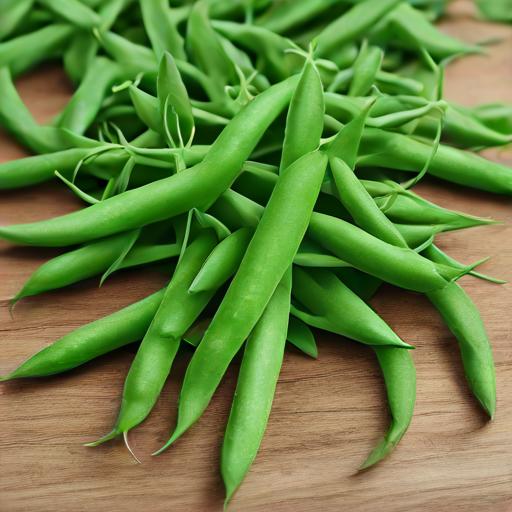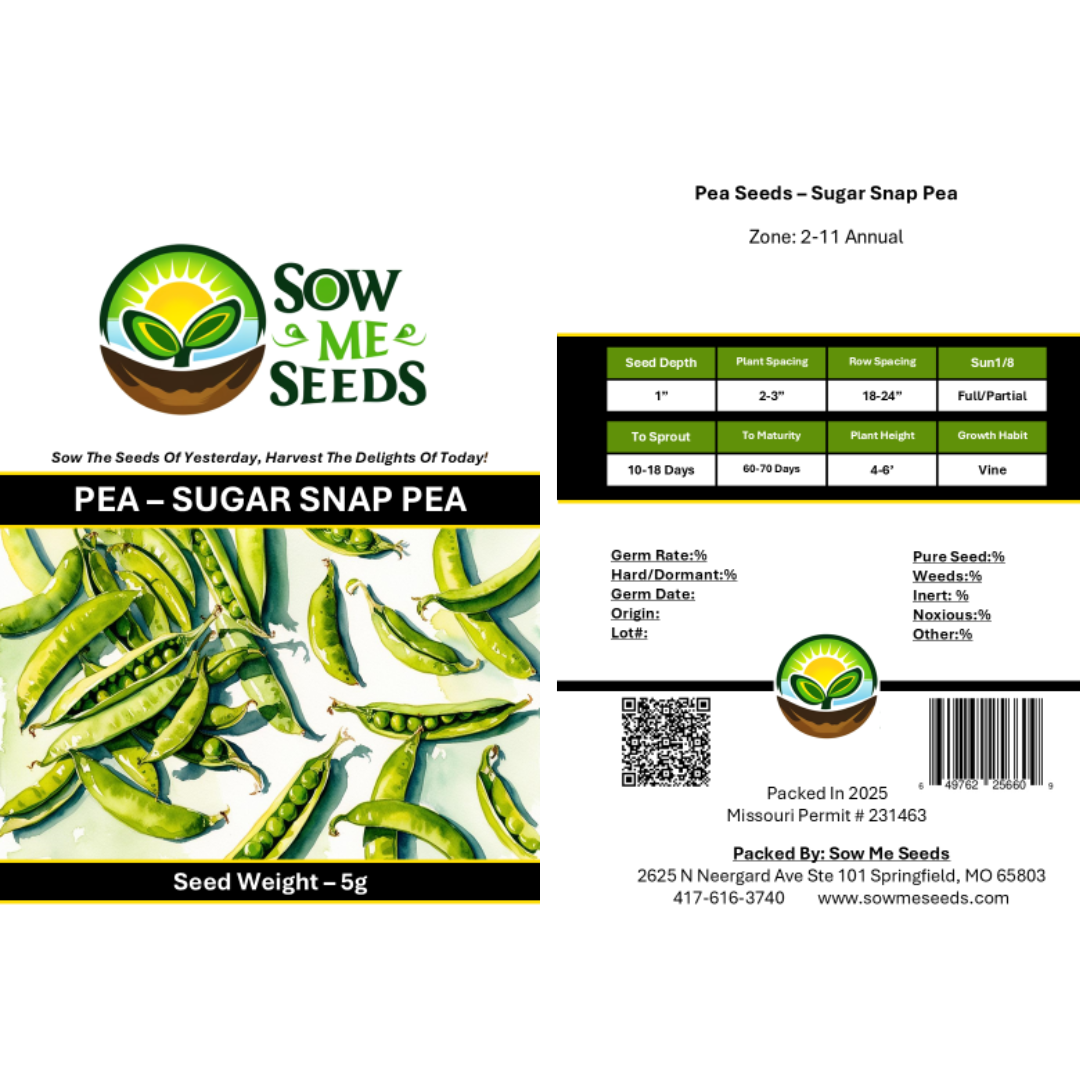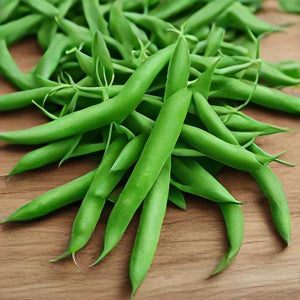- Hardiness Zone: 2-11, Annual
Seed Depth: 1–2 inches
Seed Spacing: 2–3 inches
Row Spacing: 18–24 inches
Sunlight: Full sun to partial shade
Days to Sprout: 7–14 days
Days to Maturity: 60–70 days
Growth Habit: Climbing Vine
Sunlight: Choose a location that receives full sun to partial shade. Sugar snap peas grow best in cooler temperatures, so a spot with afternoon shade in warmer climates can be beneficial.
Soil: Prefers well-drained, loamy soil with a pH between 6.0 and 7.5. Peas fix their own nitrogen, so they do not require heavily amended soil, but adding compost can improve soil structure and moisture retention.
When to Plant: Sugar snap peas are a cool-season crop that can be planted in early spring as soon as the soil can be worked, typically 4-6 weeks before the last expected frost date. In mild climates, they can also be planted in late summer for a fall harvest. Peas germinate best in soil temperatures between 40°F and 75°F (4°C and 24°C).
Direct Sowing: Sow seeds 1 inch deep and 2-3 inches apart in rows spaced 18-24 inches apart. Sugar snap peas can also be sown in double rows or in blocks to maximize space. For best results, soak the seeds in water for a few hours before planting to encourage faster germination.
Indoor Sowing: Not recommended; direct sowing is best for peas.
Watering: Keep the soil consistently moist but not waterlogged. Water peas regularly, especially during dry periods, to ensure even moisture. Avoid overhead watering, which can promote fungal diseases, and water at the base of the plants instead.
Fertilization: Peas are light feeders and do not require much fertilization. If your soil is poor, apply a light application of compost or a balanced fertilizer at planting time. Avoid high-nitrogen fertilizers, as these can encourage excessive foliage growth at the expense of pod production.
Mulching and Weeding: Apply a layer of mulch around the plants to retain soil moisture, suppress weeds, and keep the soil temperature consistent. Peas have shallow roots, so be careful when weeding to avoid disturbing the plants.
Pruning: No pruning needed; train vines to climb trellises or supports to save space and increase yield.
Trellising: Sugar snap peas are vining plants that require support as they grow. Provide a trellis, fence, or stakes for the vines to climb. Trellising keeps the plants off the ground, improves air circulation, and makes harvesting easier. Install the trellis or supports at the time of planting to avoid damaging the roots later.
Pest and Disease Management: Sugar snap peas can be susceptible to pests such as aphids, pea weevils, and powdery mildew. Use organic pest control methods like neem oil, insecticidal soap, or hand-picking to manage infestations. Rotate crops each year and ensure good air circulation to prevent fungal diseases.
When to Harvest: Sugar snap peas are typically ready to harvest 60-70 days after planting. Harvest when the pods are plump, bright green, and filled with peas, but before the peas inside become too large and starchy. The entire pod should be sweet and tender.
How to Harvest: Use two hands to harvest peas: one to hold the vine and the other to gently pinch off the pod to avoid damaging the plant. Harvest regularly to encourage continued production. Peas are best harvested in the morning when they are cool and crisp.
Storing Fresh Peas: Freshly harvested sugar snap peas can be stored in the refrigerator for up to a week. For best results, store them in a plastic bag or container to retain moisture. Peas can also be blanched and frozen for longer storage.
Why You’ll Love It
No Shelling Needed: Eat the whole pod — sweet, tender, and crisp.
Heavy Producer: Plants yield abundantly with proper trellising and care.
Cool-Season Star: Best grown in early spring or fall for peak flavor.
Kid-Approved Snack: Naturally sweet and perfect fresh off the vine.
Plant Characteristics
Height: 4–6 feet with support
Growth Habit: Tall vines that require a trellis or fence to climb
Pod Type: Plump, edible pods about 2–3 inches long
Days to Maturity: 60–70 days
Hardiness: Cool-season annual
Flavor and Culinary Uses
Flavor: Sweet, crisp, and juicy — even raw
Culinary Uses: Delicious fresh, steamed, stir-fried, or added to salads and pasta
Companion Planting Tips
Good Companions: Carrots, radishes, turnips, and leafy greens
Avoid Planting Near: Onions, garlic, and other alliums
Bonus Benefit: As legumes, they enrich the soil with nitrogen for future crops
Common Issues and Solutions
Powdery Mildew: Improve airflow and avoid overhead watering
Weak Vines: Provide strong vertical support early in growth
Poor Germination: Direct sow into cool soil and keep moist until sprouted
Seeds Per Packet
| 5g | Approximately 23 |
| 15g | Approximately 69 |
Why You’ll Love It
No Shelling Needed: Eat the whole pod — sweet, tender, and crisp.
Heavy Producer: Plants yield abundantly with proper trellising and care.
Cool-Season Star: Best grown in early spring or fall for peak flavor.
Kid-Approved Snack: Naturally sweet and perfect fresh off the vine.
Plant Characteristics
Height: 4–6 feet with support
Growth Habit: Tall vines that require a trellis or fence to climb
Pod Type: Plump, edible pods about 2–3 inches long
Days to Maturity: 60–70 days
Hardiness: Cool-season annual
Flavor and Culinary Uses
Flavor: Sweet, crisp, and juicy — even raw
Culinary Uses: Delicious fresh, steamed, stir-fried, or added to salads and pasta
Companion Planting Tips
Good Companions: Carrots, radishes, turnips, and leafy greens
Avoid Planting Near: Onions, garlic, and other alliums
Bonus Benefit: As legumes, they enrich the soil with nitrogen for future crops
Common Issues and Solutions
Powdery Mildew: Improve airflow and avoid overhead watering
Weak Vines: Provide strong vertical support early in growth
Poor Germination: Direct sow into cool soil and keep moist until sprouted
Seeds Per Packet
| 5g | Approximately 23 |
| 15g | Approximately 69 |




Share and get 15% off!
Simply share this product on one of the following social networks and you will unlock 15% off!